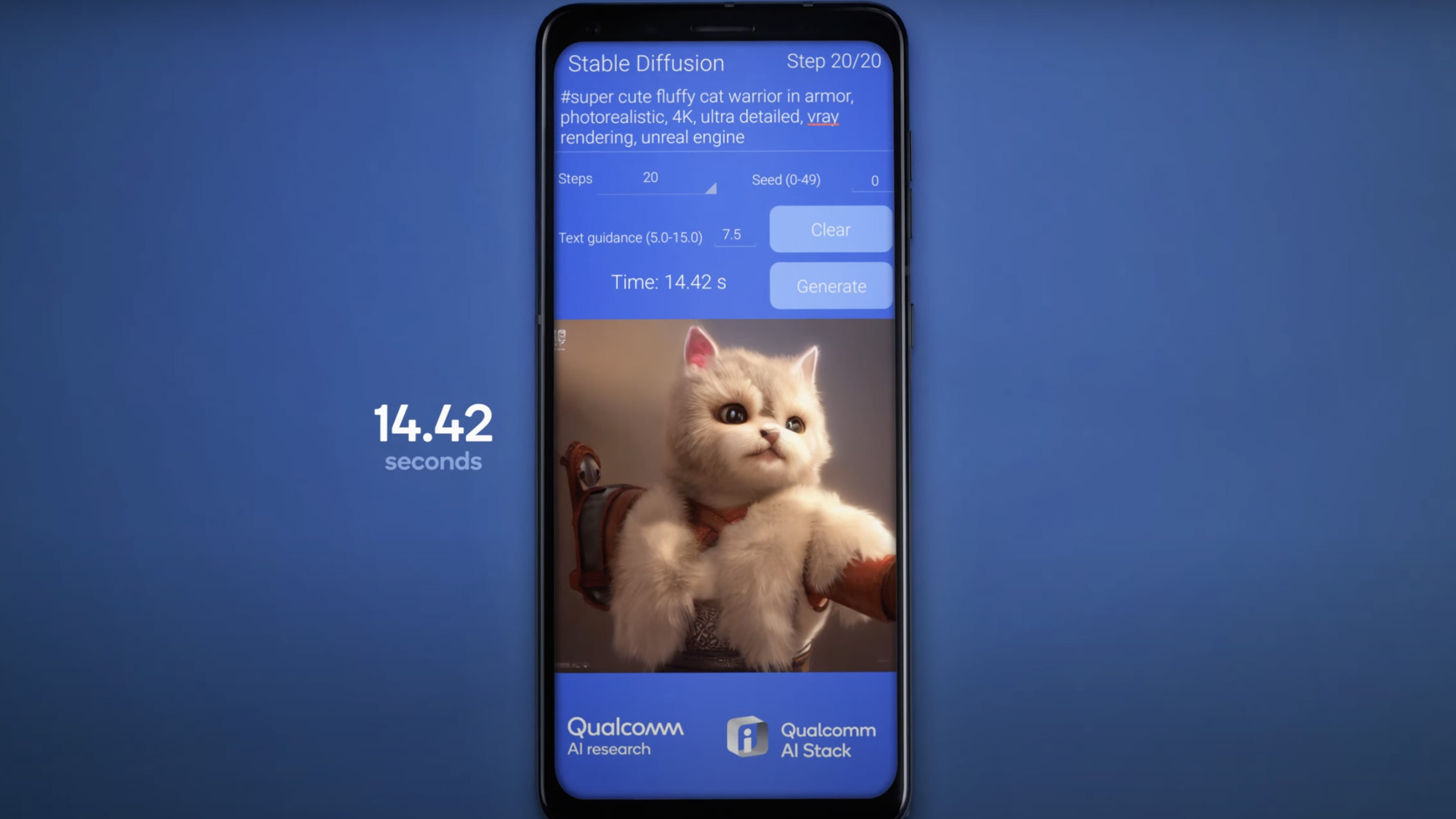Agreements in the age of AI: Apple wants deals with news publishers to train AI models
Can Apple convince publishers to partner for training AI models?

Apple has been spending a lot of time over the last several weeks attempting to set up various deals with a number of high profile publishers for access to their material. But the partnerships wouldn’t be about licensing and republishing the partners’ content itself. Instead, Apple is looking to use the partner content in order to model and train generative AI systems, which could then create original content, of sorts.
But Apple hasn’t just been spending time developing the deals. Apparently, the Cupertino, California-tech giant could be spending as much as $50 million to license those articles from various news organizations, according to a recent New York Times story. The news outlets that Apple has been in talks with include Condé Nast, NBC News, and IAC.
It appears to be one of the ways that Apple hopes to catch up to what some of its competitors have been doing with Generative AI, which according to many experts will take a lot of effort on Apple’s part. However, the New York Times story noted that “Apple has been reluctant to take information from the internet, partly because of its commitment to privacy.” Apple’s competitors may not have been as careful about such concerns.
But creating generative AI apps isn't the only way Apple appears to have fallen behind in the AI race.
Take Siri: When Siri first shipped on iPhone 4s in 2011, it was the world's first large-scale, voice-powered, commercially available virtual assistant that used some AI-like elements. However, it was never considered a full-fledged AI system. Fast forward to today, and it appears that Apple needs to give Siri a drastic upgrade.
Some news publishers appear to be hesitant about partnering with Apple for training AI
Meanwhile, other companies are empowering their hardware with powerful AI-enhanced features. For example, this past September, Qualcomm launched a new line of Snapdragon chips that make a number of claims, including being able to run generative AI models with over 13 billion parameters on-device. Plus, the chips “expand Qualcomm’s AI leadership with 4.5 times faster AI processing power than competitors.”
Qualcomm and others have not only been making strides in publishing text-based content using generative AI, but also in content that produces images. For instance, this past spring, Qualcomm gave a powerful demonstration of one of its AI-empowered apps, Stable Diffusion, which a “is a text-to-image generative AI model capable of creating photorealistic images given any text input within tens of seconds.”
iMore offers spot-on advice and guidance from our team of experts, with decades of Apple device experience to lean on. Learn more with iMore!
The model has over 1 billion parameters. What’s startling is that Qualcomm was able to get this to run on an Android smartphone this past year. What’s more, it wasn’t wirelessly connected, so it didn’t utilize cloud storage to run the AI model. Instead, it ran completely on the device.
However, in most cases, generative AI still takes a tremendous amount of hardware to run. So, next year, Apple is spending quite a bit on hardware for AI: Next year, a recent report says Apple will spend “nearly $5 billion on AI servers next year.” That’s roughly about 20,000 servers.
However, that same report notes reveals that Meta (which owns Facebooks) plans on buying 40,000 servers and Microsoft will purchase anywhere from 80,000 to 100,000 servers to use for AI.
But there still might be ways that Apple can gain ground on Microsoft, Google, Qualcomm, and others. For example, a recently published paper, “LLM in a flash, ” shows that new research reveals how ChatGPT-like large language models could run on iPhones. Such a model could be used “on devices with limited RAM (or DRAM), like iPhones." That might allow Apple to be a more powerful player in the brave new world of AI and generative AI apps.

Terry Sullivan has tested and reported on many different types of consumer electronics and technology services, including cameras, action cams, mobile devices, streaming music services, wireless speakers, headphones, smart-home devices, and mobile apps. He has also written extensively on various trends in the worlds of technology, multimedia, and the arts. For more than 10 years, his articles and blog posts have appeared in a variety of publications and websites, including The New York Times, Consumer Reports, PCMag, Worth magazine, Popular Science, Tom’s Guide, and Artnews. He is also a musician, photographer, artist, and teacher.
